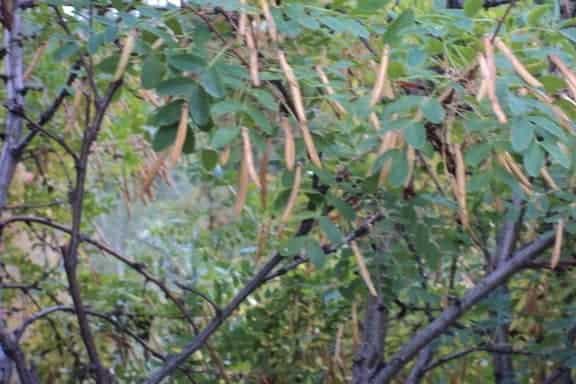With warmer weather, your greenhouse could be growing more than just your vegetable plants.
Insects thrive in the warm humid environment and it usually takes a few weeks before it is noticeable to the average gardener.
Most people are aware that aphids are attracted to pepper plants. I’ve always maintained that if you grow your own plants and avoid introducing any foreign plants into the greenhouse you won’t have an aphid problem.
The insects have to come from somewhere and if we have a cold winter, aphids’ eggs that may have been laid the previous summer in the greenhouse won’t survive.
However, with busy lifestyles buying plants is so much easier despite a potential insect problem.
Fortunately for us, there are only a few insects that seem to be real pest to greenhouses … and aphids seem to be the major one.
Aphids are also called plant lice and are soft-bodied insects that suck the sap from the stem and leaves of plants. In high numbers, aphids can cause plant deformities and kill plants if left untreated.
The first line of defence is to spend time in your greenhouse. Weeding, pruning, examining the plants, checking underneath leaves, giving particular attention to pepper plants.
We even talked to our plants, saying stuff like: “How ya doing guys” or “So what do you guys need today … a little water, a little bit of pruning, a little more air circulation?”
By making this a daily routine, any insect problem that could arise will be spotted early.
If you do see potential insect problems … don’t panic. You don’t need to call out an army of lethal insecticides; there are gentle and friendlier ways to deal with the problem.
Washing the leaves, hand-picking the insects or the use of a soap and garlic spray will help keep aphids under control.
My all-time favourite remedy is to introduce lady bugs into the greenhouse. Not only are they sooo cute, they do the job well. Ladybugs are available at outdoor garden centres around town.
Ladybugs (Hippodamia convergens) are very interesting creatures. There are more than 84 species and the ones that are sold for gardeners are collected from the wild in the Sierra Nevada Mountains.
Ladybugs can tolerate pretty cool weather as they over winter in three to four feet of snow in the mountains. They are migratory, similar to salmon, as they fly into the California growing valley in the summer and back into the mountains in the fall to the place they were hatched.
They feed best in temperatures of 22 to 29C, perfect greenhouse temperatures and do not feed at night.
They feed slower at lower temperatures and like to hibernate in piles of wood. If aphids are not available, they feed on other soft bodied insects but aphids are the favourite meal.
Ladybugs are fun to have around, although if the aphid supply runs out they move on and you may not see many of them.
Ingrid Wilcox operates Lubbock Garden and Floral Consultant and offers gardening, greenhouse and flower arranging workshops. Contact her at [email protected].


